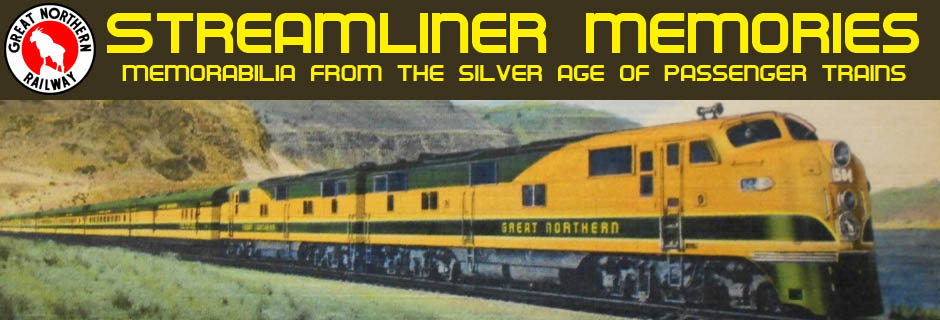A couple of weeks ago I presented a November 1957 Colorado & Southern timetable. Not much has changed in the intervening seven-and-one-half years. As in 1957, all of the train schedules in this timetable fit on one-and-a-half of the eight pages.
 Click image to download an 4.9-MB PDF of this 8-page timetable.
Click image to download an 4.9-MB PDF of this 8-page timetable.
The big difference between the 1957 and 1965 editions was that the 1957 showed two trains between Houston and Dallas-Fort Worth: Burlington’s Sam Houston Zephyr and Rock Island’s Twin Star Rocket, while the Rocket has been deleted from the 1965 schedule. Continue reading









